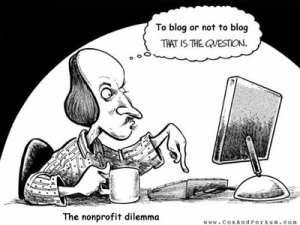OBJECTIVES:
 1. Improve the soxhlet method using other organic solvents.
1. Improve the soxhlet method using other organic solvents.
2. Use another technique of colum cromatography.
3. Characterize the microalgae using GC-MS and HPLC.
All the objectives mention above are important and give continuity to the project this semester. These objectives are stablished to improve the method of extraction and characterization of the microalgaes. This semester as part of my task of characterization I’m going to be using the HPLC, the HPLC is a instrument I am not very familiar with so this new experience will help me strengthen my skills related to area of microalgae characterization.


